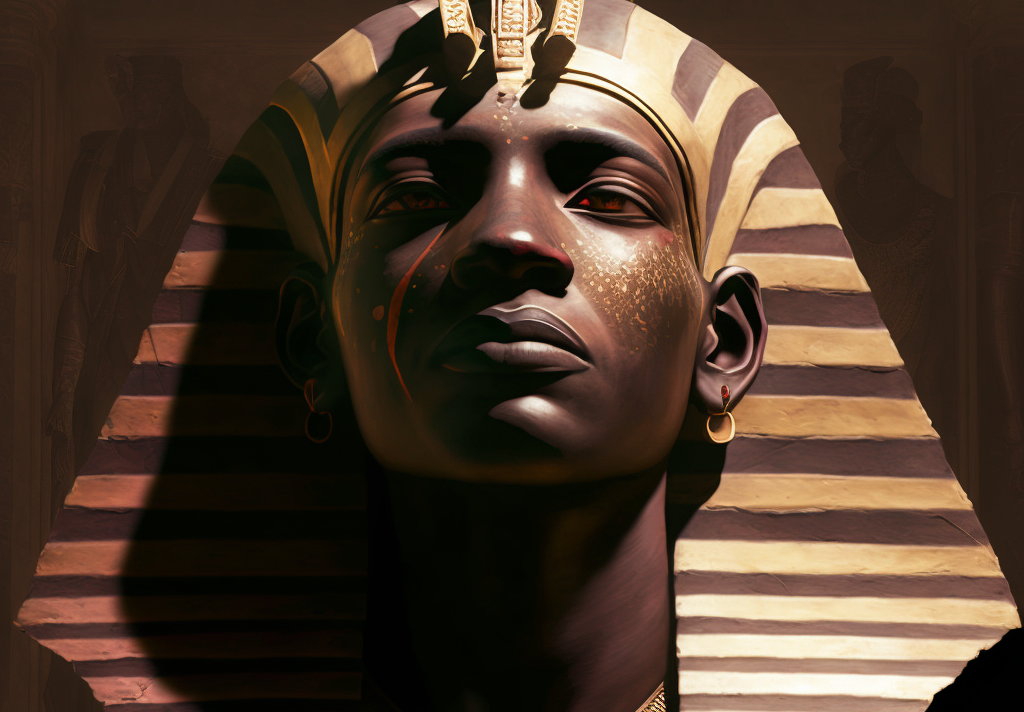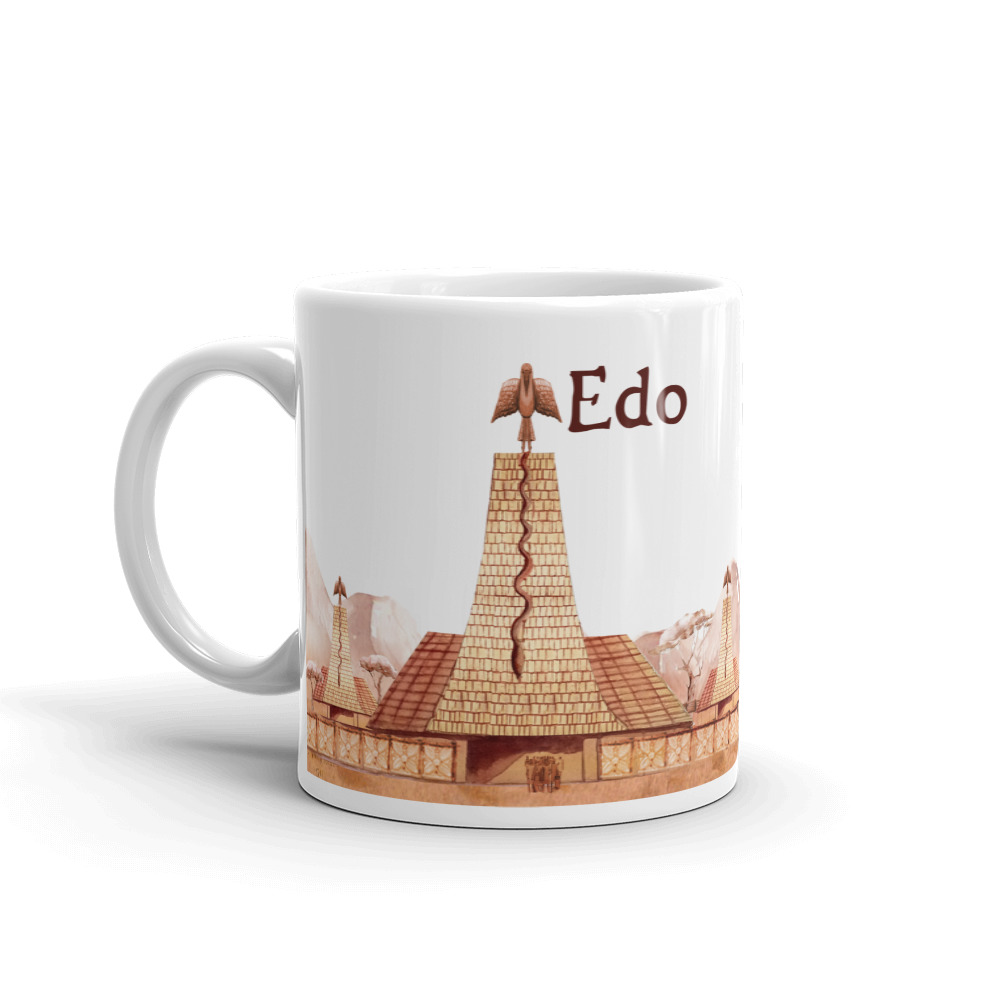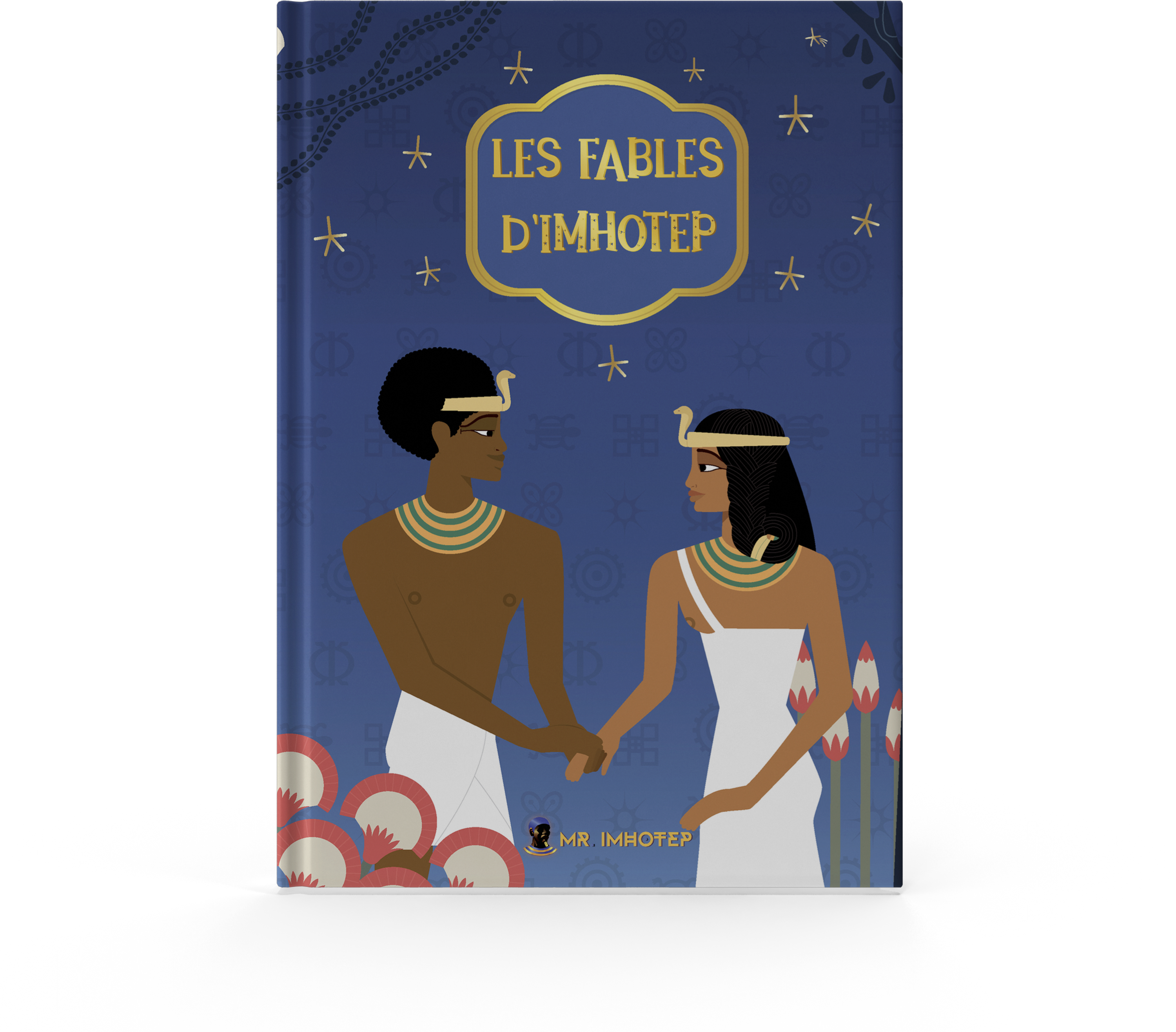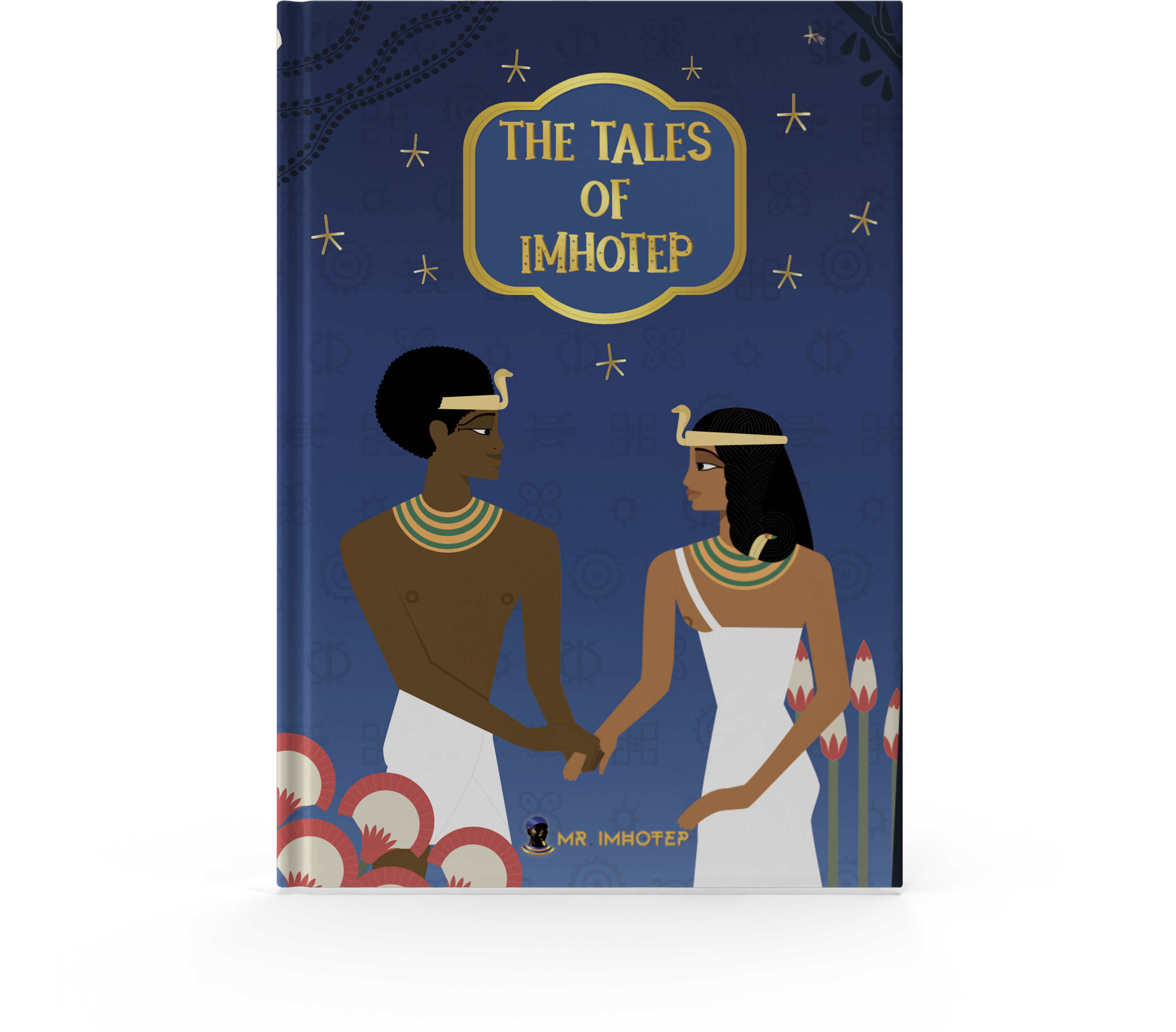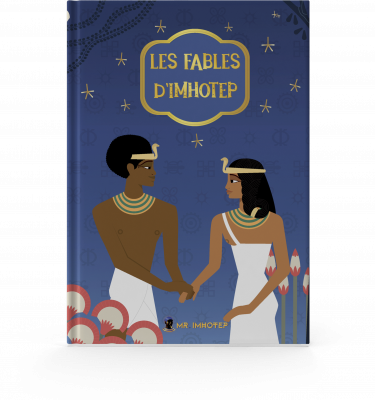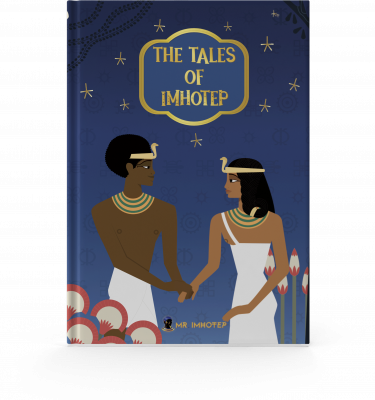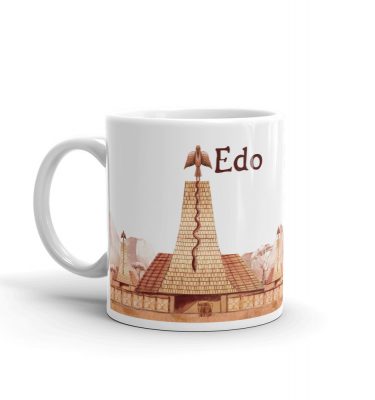Ancient Egypt is often remembered for its grand pyramids and powerful pharaohs, but one ruler has flown under the radar for far too long. It is Senusret II also known as Sesostris II. He was the fourth pharaoh of the mighty Twelfth Dynasty. The son of his predecessor, Pharaoh Senusret I, and his mother, Queen Nefru. He came to the throne around 1897 BC, and ruled for a period of 19 years until 1878 BC.
During his reign, Kemet enjoyed a period of peace and prosperity, with no recorded military campaigns and a proliferation of trade between Egypt and the Near-East. At the same time, parties of Western Asiatic foreigners visiting the Pharaoh with gifts were recorded, as seen in the tomb paintings of 12th-dynasty official Khnumhotep II, who also served under Senusret III. These foreigners, possibly Canaanites or Bedouins, were labeled as Aamu and among them was the leader with a Nubian ibex labeled as Abisha the Hyksos, the first known instance of the name “Hyksos.”
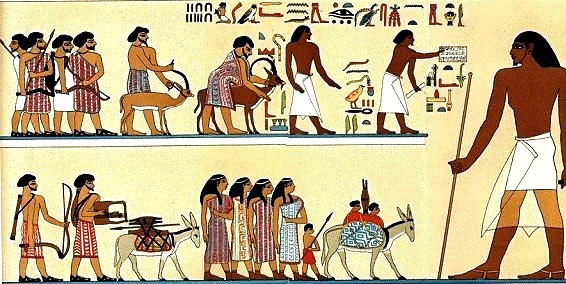
But Senusret II was not just a peacemaker, he was also a great builder. He made significant contributions to the development of the Faiyum oasis region, by constructing an extensive irrigation system from Bahr Yussef through to Lake Moeris. He built a dike at El-Lahun and a network of drainage canals to increase the amount of cultivable land in that area. This project was so important that he even moved the royal necropolis from Dahshur to El-Lahun, where he built his pyramid, and this location would remain the political capital for the 12th and 13th Dynasties of Egypt. The King also established the first known workers’ quarter in the nearby town of Senusrethotep (Kahun).
Additionally, one of the most impressive achievements of Senusret II was the construction of his pyramid in El-Lahun. Built using a framework of limestone radial arms similar to those used by his father Senusret I, the pyramid was unique in its use of mud bricks for infill rather than the traditional stones, mud, and mortar. The pyramid’s outer cladding was made of limestone and locked together with dovetail inserts, some of which remain today. Senusret II also demonstrated foresight in protecting the pyramid from water damage by incorporating a French Drain system around the central core.
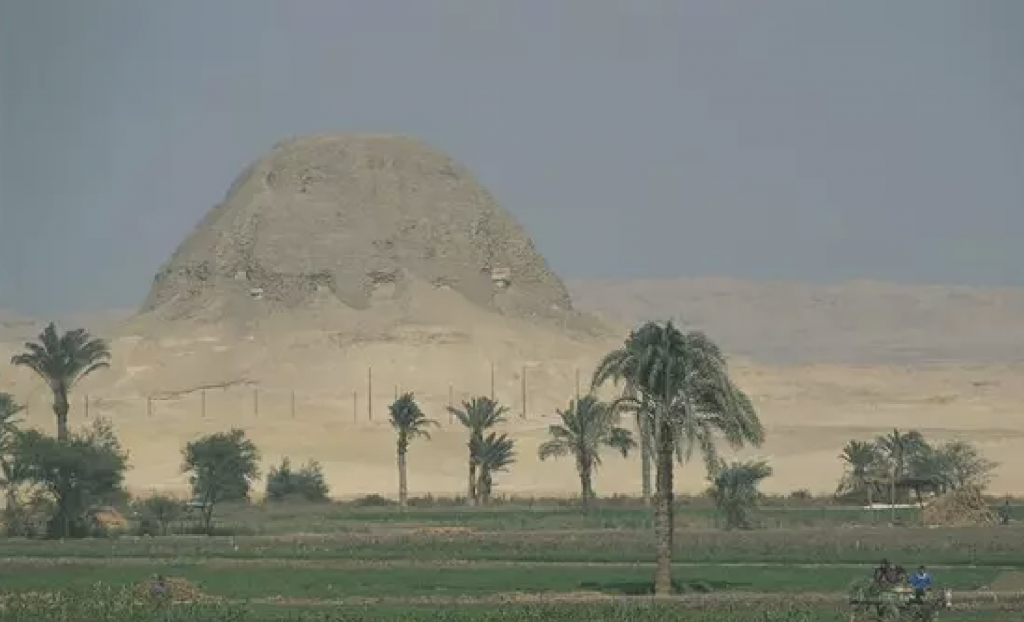
Despite these advanced construction methods, the pyramid suffered damage in the future when it was stripped of its limestone cladding by Pharaoh Rameses II, who used the stone to build his own structures. This stripping is evident by inscriptions left behind by Rameses II.
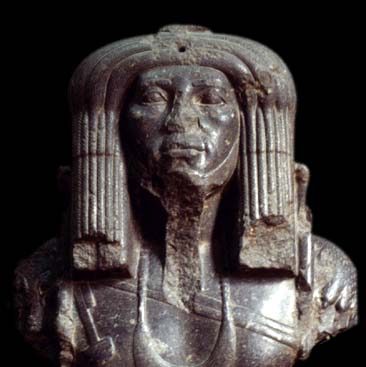
Despite his many accomplishments and contributions to the development and prosperity of Kemet, Senusret II has long been relegated to the shadows of history. I am pretty sure that you have never heard of him or even seen any of his depictions. One possible reason for this may be his appearanceon most of his statues.
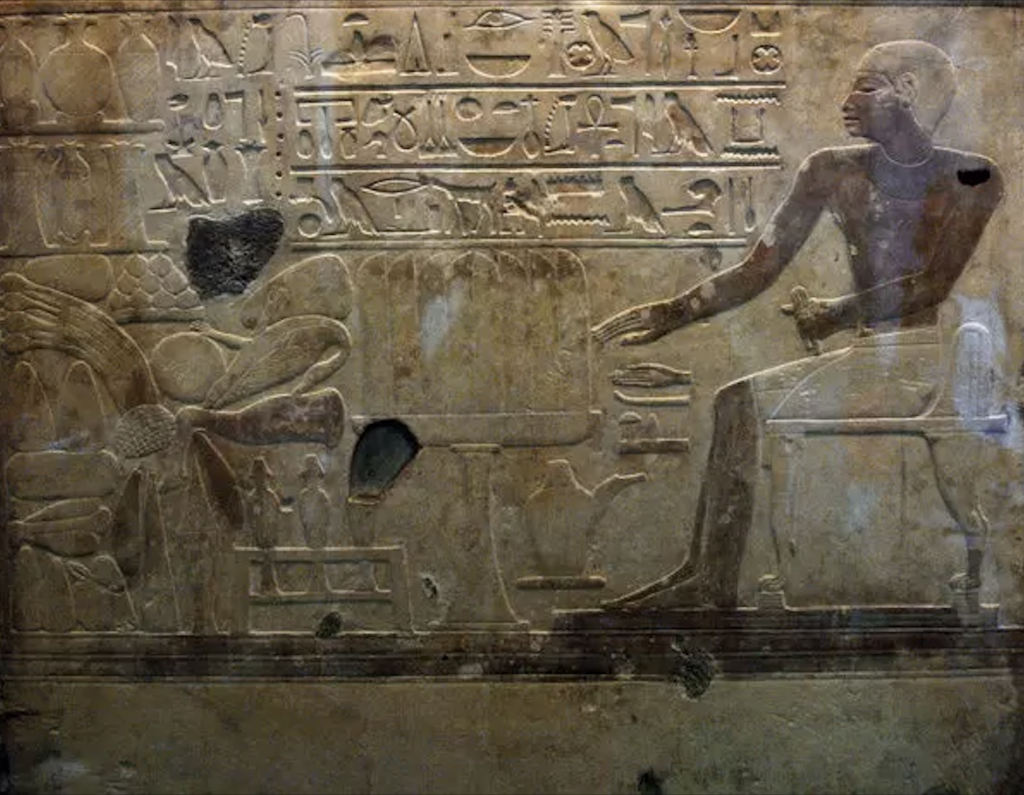
A closer examination of Senusret II’s statue reveals strong tropical facial features, with a flat nose, thick lips, and a pronounced prognathism. These are characteristics commonly associated with black African populations, and it is clear that Senusret II was a black man, like all the members of his dynasty.
But why has this aspect of his identity been overlooked or downplayed by scholars for so long? African scholar Ashra Kwesi, who has spent decades organizing tours in Egypt, notes that in the past, the statue of Senusret II was prominently displayed in the Cairo Museum. However, it was eventually replaced with statues of less significant figures, such as Rahotep and Nofret, who can pass for non-black due to the color used to paint their skin. The King’s statue has been hidden away in a dark corner, making it difficult for visitors to even notice. Today, the statue is no longer on display.
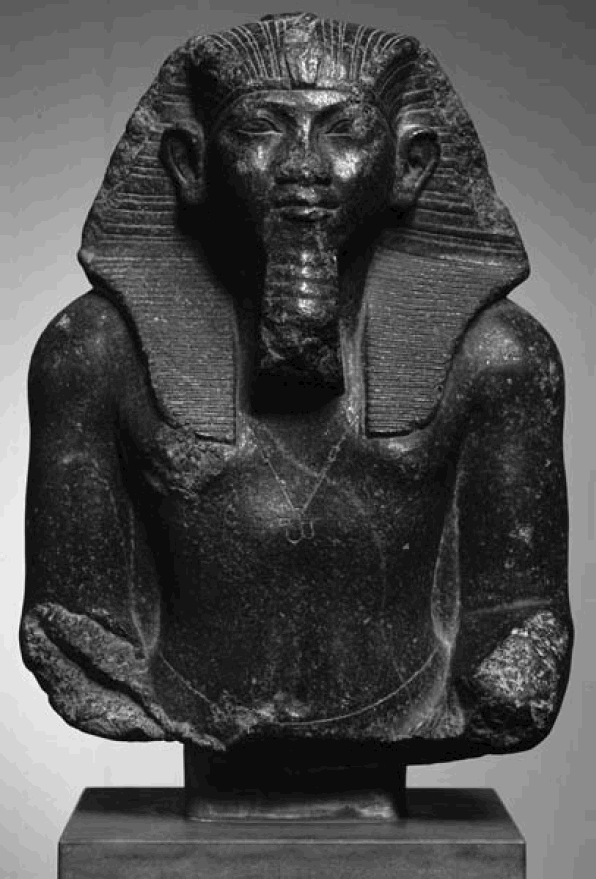
This seems to suggest a desire from authorities to erase all traces of blackness from ancient Egyptian history and leaders, a disturbing trend that needs to be acknowledged and addressed. It is time to give Senusret II the recognition he deserves as a powerful and visionary black African leader who made a significant impact on the history of Egypt.
In conclusion, Senusret II was a pharaoh who ruled during a time of peace and prosperity, made significant contributions to the territorial development and the prosperity of the kingdom, and maintain good relation with his governors. He should be remembered and celebrated as one of Egypt’s greatest pharaohs, and his legacy should not be overshadowed by more well-known rulers.
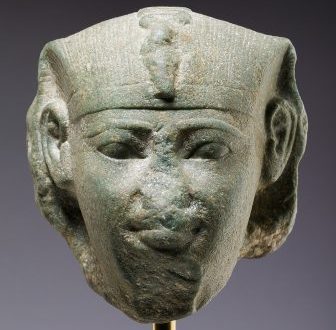
One of the most significant factors in Senusret II’s legacy is his familial ties to the pharaohs that preceded and succeeded him. He was the son of the prestigious pharaoh Amenemhat II, who was known for his successful military campaigns and the construction of several monumental structures. And as the father of Senusret III, who is widely considered one of the greatest pharaohs of Ancient Egypt, Senusret II can also be seen as a crucial link in the chain of powerful rulers that shaped ancient Egypt during this time period.
The restoration project aims to combat the longstanding distortion of African history through visuals. For too long, ancient African figures who accomplished great things have been misrepresented as white or white-passing, while the contributions of all groups of people have been erased or minimized. This systematic falsification of history has had a damaging effect on the self-esteem and opportunities of African people, and has contributed to the oppression they experience in their daily lives.
As part of this project, I am excited to present you with this facial reconstruction of Pharaoh Senusret II, created based on his statue. In creating this reconstruction, I was careful to accurately depict his skin color as dark, as seen on the statue. He may have been darker, but I chose this brown color based on other depictions of him, but also of other members of his family. I hope you will enjoy this glimpse into the appearance of this remarkable ruler and appreciate the care I took in accurately representing him.
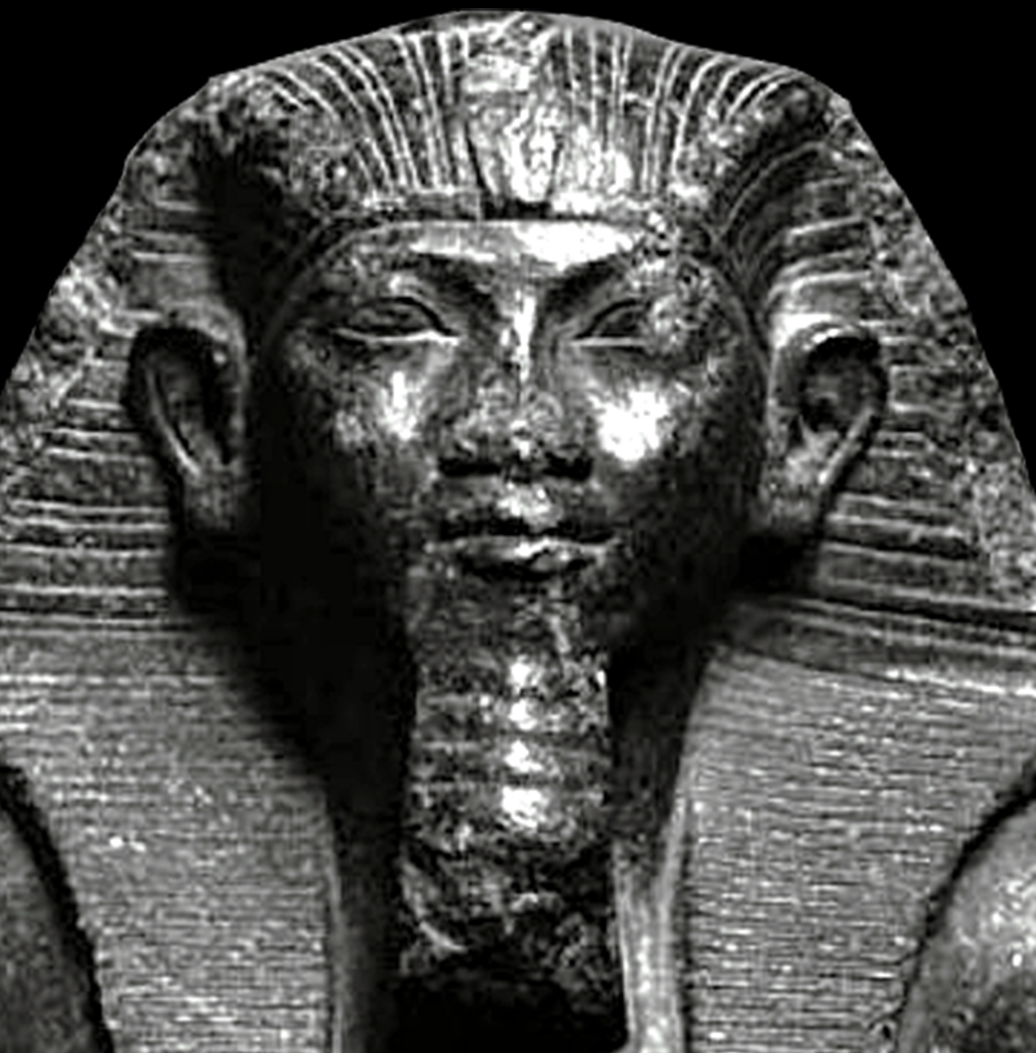
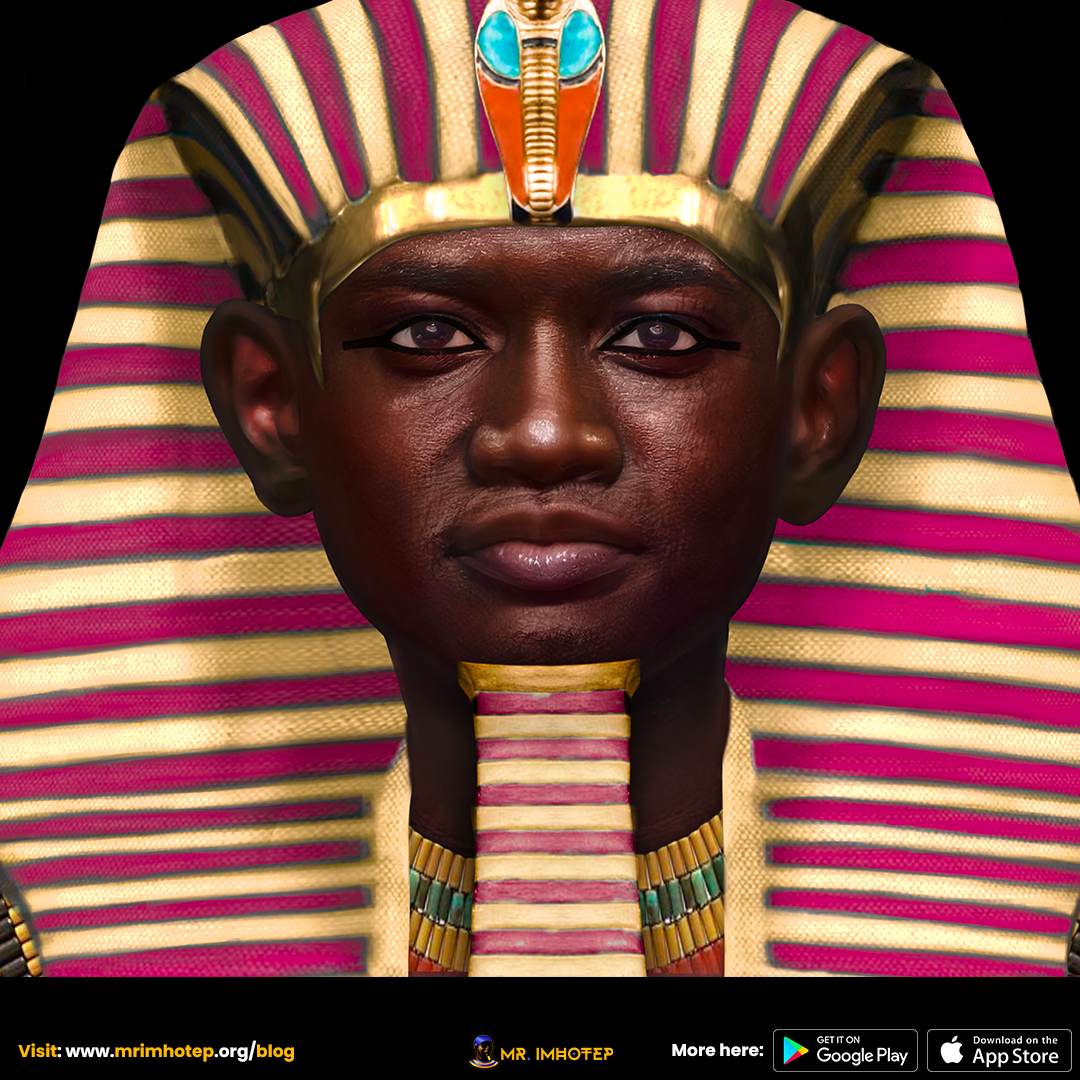
If you would like to support this initiative, please consider making a donation or spreading the word about the ‘Restoration Project’ to your network. Together, we can work towards a future where all groups of people are accurately and fairly represented in the historical narrative. Thank you for visiting our website and for supporting this important cause.

